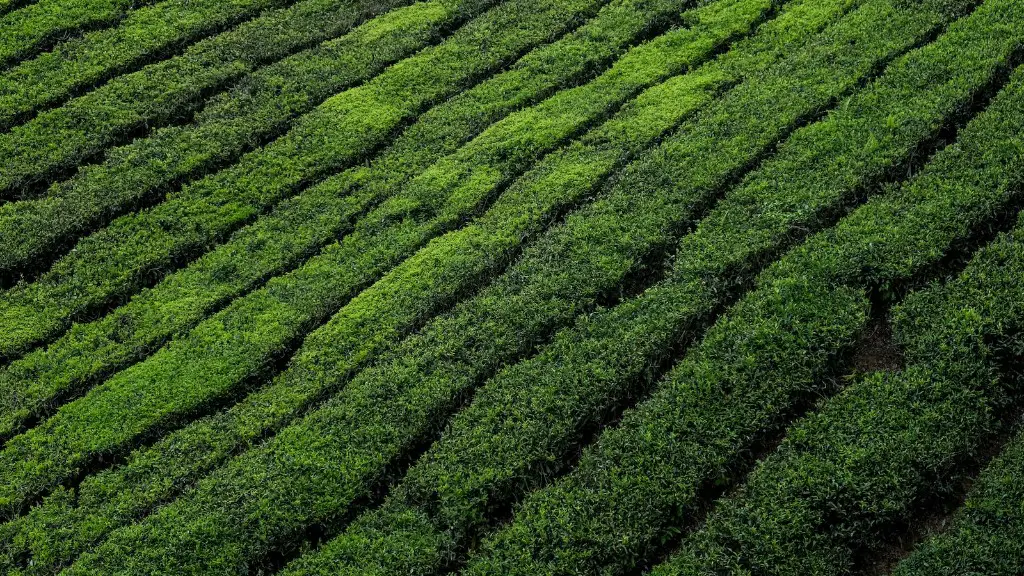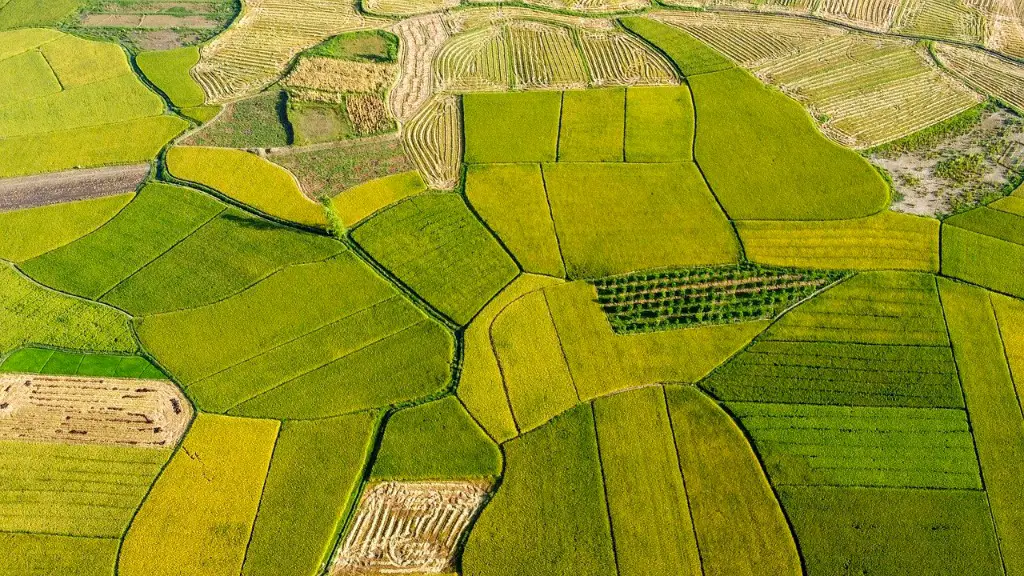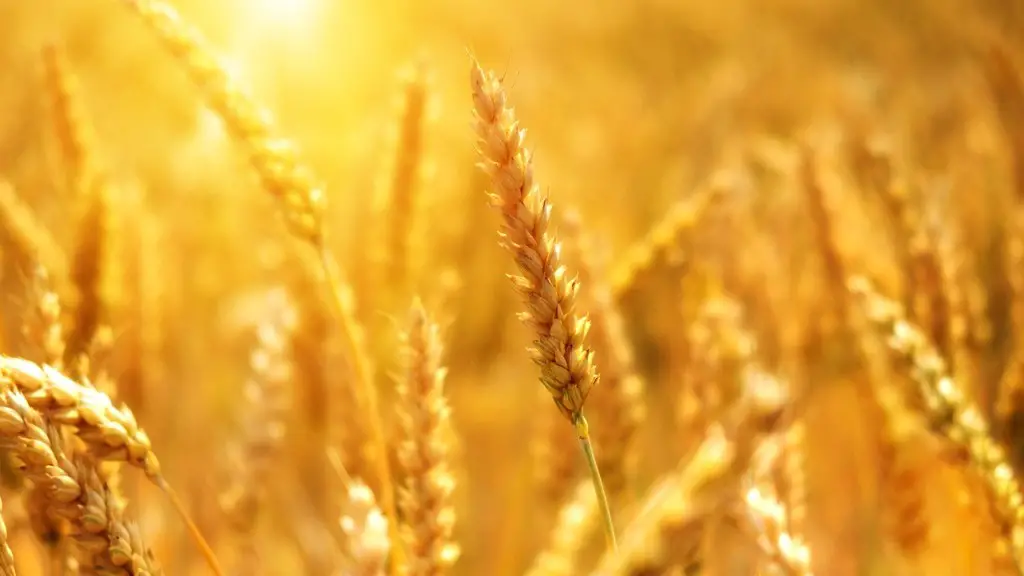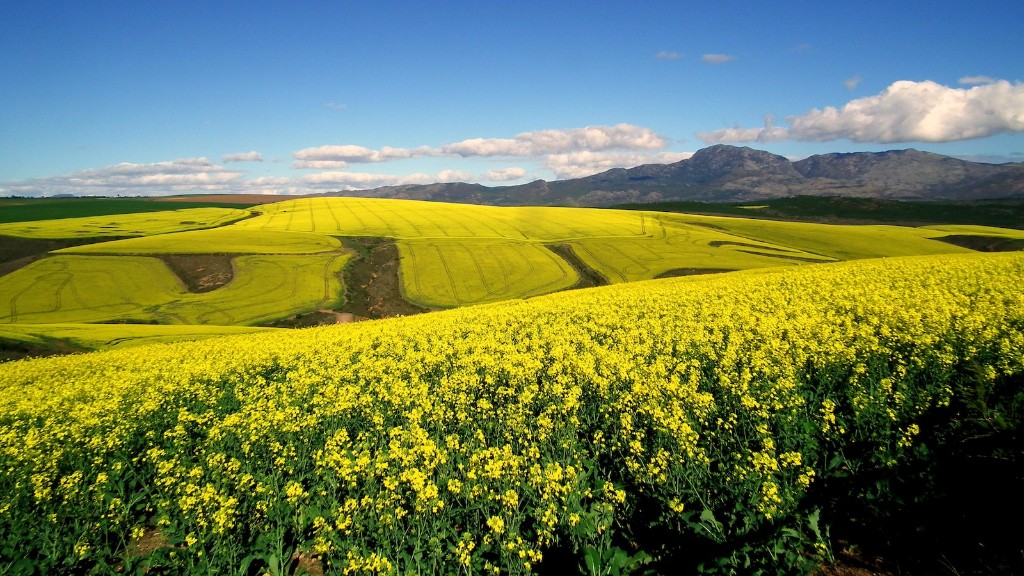Soil pollution is a pressing environmental concern because it can have a range of deleterious effects on agriculture. Soil is a critical natural resource that supports crops and other vegetation, and it can be easily contaminated by a variety of pollutants. These pollutants can come from a variety of sources, including industries, farming operations, and even household waste. Once in the soil, pollutants can be taken up by plants, impacting their growth and health. Additionally, soil pollution can alter ecosystems and harm the animals that live in them. Given the importance of healthy soil for agriculture, it is essential to understand the effects of soil pollution and take steps to mitigate its impact.
There are many potential effects of soil pollution on agriculture. One is that it can lead to a decline in crop yields. Soil pollution can also contaminate groundwater, making it difficult or impossible to irrigate crops. Additionally, soil pollution can make it difficult for plants to take up essential nutrients, leading to stunted growth. Soil pollution can also contribute to air pollution, as particulates from contaminated soil can become airborne. This can have a negative impact on both crop growth and human health.
What are the causes and effects of soil pollution on agriculture?
Soil contamination is a serious problem that can have a number of negative effects on the environment. Deforestation, for example, can cause a change in the rain cycle, which can contribute to global warming and the loss of ecosystems. The use of chemicals on soils can also reduce soil fertility, which can lead to a decrease in food production.
Soil pollution can lead to a number of respiratory diseases, skin diseases, and other health problems. People who live, work, or play in contaminated soil are at risk for these diseases. Some of the diseases caused by soil pollution include irritation of the skin and eyes, headaches, nausea, vomiting, coughing, pain in the chest, and wheezing.
What affects agricultural pollution
Agriculture is the leading source of pollution in many countries. Pesticides, fertilizers and other toxic farm chemicals can poison fresh water, marine ecosystems, air and soil. They also can remain in the environment for generations.
Toxic farm chemicals can enter the food chain and cause health problems in humans and animals. They also can damage crops and reduce crop yields.
Many farmers are using organic farming practices to reduce the amount of pollution generated by their farms.
USGS studies many different types of agricultural contaminants, including nutrients like nitrogen and phosphorus, as well as pesticides like herbicides, insecticides, and fungicides. Each of these contaminants can have different effects on the environment, and USGS research helps to understand how they interact and what potential risks they pose.
What are 5 effects of soil pollution?
Soil pollution causes a chain reaction. It alters soils’ biodiversity, reduces soil organic matter and soils’ capacity to act as a filter. It also contaminates the water stored in the soil and groundwater, and causes an imbalance of soil nutrients.
Agricultural residues are the primary source of pollution from agriculture. These residues can include crop residues, animal manure, and other organic materials that are left behind after agricultural production. Fertilizers and pesticides can also contribute to agricultural pollution, particularly when they are applied in excess or when they runoff from fields into rivers. Animal husbandry can also be a source of agricultural pollution, particularly when animals are raised in close proximity to rivers and their manure can contaminate the water. Excess salts from applied irrigation water can also pollute rivers, particularly in arid and semi-arid regions where evaporation can concentrate the salts.
What are the 5 examples of soil pollution?
Common contaminants in urban soils can pose a serious health risk to residents. While some contaminants are naturally occurring, many are the result of human activity, such as the use of pesticides, lead paint, and asbestos. Petroleum products, radon, and chromated copper arsenate can also contaminate soil, and all can be harmful to human health. it is important to be aware of the potential contaminants in your soil and to take steps to avoid exposure.
There are many causes of soil pollution, but the primary cause is a lack of awareness in general people. Thus, due to many different human activities such as overuse of pesticides, the soil will lose its fertility. Moreover, the presence of excess chemicals will increase the alkalinity or acidity of soil, thus degrading the soil quality.
What are the 3 main sources of soil pollution
These are some of the most common chemicals that can cause soil pollution. Petroleum hydrocarbons can come from oil spills or leaks, and can contaminate the soil and water. Heavy metals can come from industrial waste, and can also contaminate the soil and water. Pesticides can also contaminate the soil, and can be harmful to plants, animals, and humans.
There are many factors that affect the distribution of agriculture. Some of the main ones are temperature, the growing season, altitude, and rainfall.
Temperature is a major factor as most plants cannot grow if the temperature falls below 6°C or the soil is frozen for five consecutive months. The growing season is also important, as the number of days between the last frost of the spring and the first of the autumn can have a big impact on what can be grown.
Altitude and rainfall are also important factors to consider. Rainfall can affect the amount of water available for plants, and altitude can affect both temperature and the amount of sunlight available.
What are 3 effects of agriculture?
While the development of agriculture can have positive effects on the natural environment, it can also lead to negative consequences like inorganic nitrate pollution, pesticide pollution, and salinity problems. These problems are especially common in regions where agriculture is intensive.
Topography, soil, and climate are all important physical factors that can affect agriculture. Topography can be a major factor in determining how difficult it is to cultivate land, as well as how susceptible it is to soil erosion and poor transport networks. Climate can also affect what types of crops can be grown in an area, as well as how well they will flourish.
What are two causes of agricultural pollution
Fertilizers and animal manure are the primary sources of nutrient pollution from agricultural sources. Excess nutrients can impact water quality when it rains or when water and soil containing nitrogen and phosphorus wash into nearby waters or leach into ground waters.
Nutrients released by humans into the environment are the most common source of agricultural pollution. Nitrogen and phosphorus are the most common culprits, released via fertilizers, wastewater, automobile exhaust, and natural animal waste. This pollution can have devastating effects on local ecosystems, causing algal blooms, water quality degradation, and fish kills. Reducing agricultural pollution will require a concerted effort to reduce nutrient inputs into the environment.
What are the long term effects of soil pollution?
Long term diseases, such as cancer and nervous system damage, can be caused by exposure to chemicals in contaminated soil. Children are especially vulnerable to the effects of lead in soil, which can cause neuromuscular blockage and depression of the central nervous system.
The impact of air pollution can be significant. It can cause respiratory problems and cardiovascular problems. It can also increase the risk of skin diseases and cancer. Additionally, it can contribute to global warming and acid rain. Additionally, it can pose hazards to wildlife.
Warp Up
Soil pollution can have a number of deleterious effects on agriculture. crops may have reduced yields, and the quality of the produce may be lower than it would be otherwise. Soil pollution can also adversely affect the health of farmers and agricultural workers, as well as the wildlife that inhabits the affected areas.
There are many negative effects of soil pollution on agriculture. Soil pollution can damage crops, reduce crop yields, and contaminate the food supply. It can also harm livestock and cause them to contract diseases. In addition, soil pollution can lead to water pollution and air pollution. All of these environmental problems can have a negative impact on the agricultural industry and the economy as a whole.





